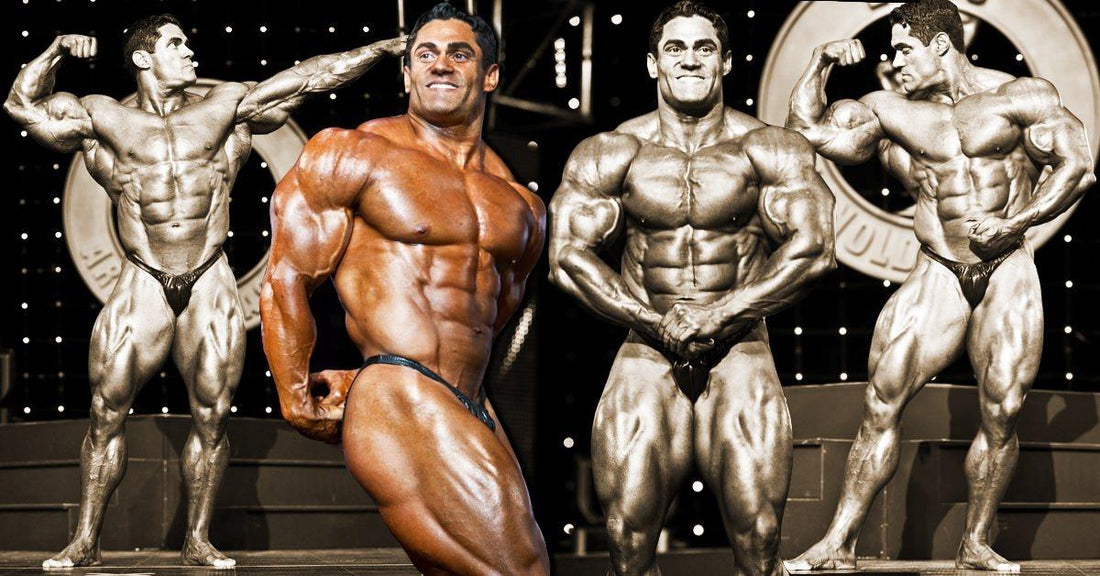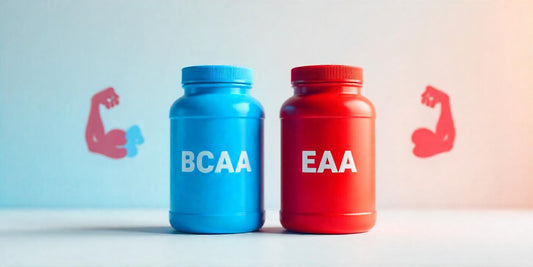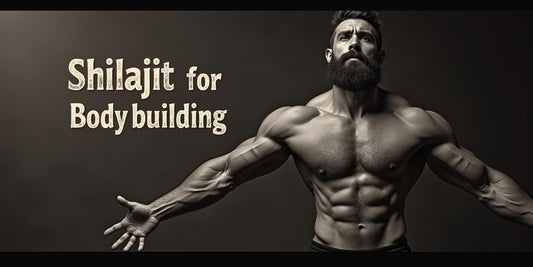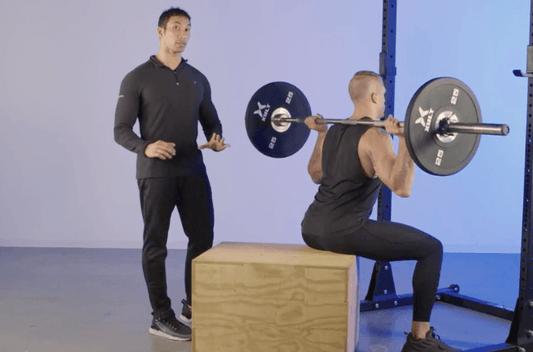

How Gustavo Badell Built Tree-Trunk Legs
Table of Contents
How Gustavo Badell Built Tree-Trunk Legs
by: Robbie Durand
When you look at the leg size of Gustavo Badell, in his prime they looked like tree trunks. Many people asked Gustavo what his secret was to building tremendous leg size, but his answer was very simple: moderate weights with high volume with each set taken to complete muscular fatigue!
If anyone ever trained with Gustavo, half-way through the workout they would need a bucket, because he trained with lots of sets! Gustavo was known for his full, thick muscle bellies. Gustavo learned about high volume training methods under the legendary Milos Sarcev. This always frustrated people because everyone is always looking for the new magical routine to increase muscle growth, but it’s simply grueling workouts.
Gustavo was clear to point out that he was not a powerlifter but trained with a moderate amount of weight with very high volume. He was a big believer that you can’t build muscle while using light weight. The surprising thing about Gustavo was that he was years ahead of what science has recently confirmed about muscle growth, moderate intensity, high volume, and training to failure are all essential for muscle growth.
It’s Bodybuilding, Not Powerlifting!
Research has confirmed that sessions comprising high intensity (above 80% of maximum load) and low repetitions (two to six) are used to develop maximum strength, whilst moderate loads (50-80%) and higher repetitions (six to 12) are used to develop muscle size, known as hypertrophy. However, a greater volume of training seems to result in superior hypertrophy gains. For example, a study comparing the eight-week adaptation to 3-5 RM versus 9-11 RM versus >20 RM training schemes found the higher load protocols resulted in significantly greater muscle mass gain, as shown by muscle biopsy techniques, compared to the >20RM protocol. The literature supports both higher volume and relatively high load for maximizing. The reason for this appears to be that fatigue is necessary for the hypertrophy response.
High Volume Increases Testosterone Responses
Another study compared hormonal responses following three sessions of equal duration. The hypertrophy session comprised ten sets x 10 repetitions squat and had the highest training volume. The maximum strength session comprised 6 x 4 squats and the power session of 8 x 6 jumps. Both sessions were matched in terms of training volume. They showed a peak testosterone response, relative to pre-session levels, occurred 15 minutes post the hypertrophy session and remained elevated for 60 minutes. Cortisol levels were also elevated post-hypertrophy training. In contrast, there was a flat testosterone response following power and maximum strength sessions relative to baseline, along with reduced cortisol levels. This study concluded session volume is the primary factor influencing acute hormonal response. This suggests that the previous findings that show bodybuilding type training result in high testosterone responses may be a result of training volume and not training type.
Stimulate, Not Annihilate
These were the famous words of Lee Haney, in which he advocated that workouts should be high volume, but not using excess weights. A new study published ahead of in the Scandinavian Journal of Medicine and Science in Sports wanted to examine if light weights, moderate weights, heavy weights were the best for increasing squat performance in elite sprinters. The athletes performed ten sets of 5 reps with heavy, moderate or low-intensity weight with maximal explosive effort. The researchers hooked up EMG electrodes all over the athlete’s thighs to measure muscle activation during each protocol. The heavyweight protocol evoked the most potent response from the leg muscles. Maximal isometric strength was significantly reduced post-session, with the greatest reduction observed after the heavyweight protocol, followed by the moderate and light sessions accordingly. Peak power was greatly reduced during the heavy session only, and greater increases in muscle activation occurred during the heavy session, followed by moderate, with no change during the light session.
In conclusion, this study has showed in elite athletes that the moderate load is optimal for providing a neuromuscular stimulus but with limited neuromuscular fatigue. This type of intervention could be potentially used in the development of both strength and power in elite athletic populations. This means that training with a moderate weight, there is stimulation of the muscle but less chance of overtraining, as documented by less neuromuscular fatigue demonstrated by the moderate weight protocol.
So Gustavo was ahead of what science is showing on how to build muscle, it seems that a moderate training load, with high reps, and lots of volume is the best way to increase muscle mass.
GUSTAVO’S LEG ROUTINE
QUADRICEPS:
1. Front Squats – 4 sets, 15 reps
2. Squats – 4 sets, 15 reps
3. Hack Squats – 4 sets, 15 reps
4. Leg Press – 4 sets, 15 reps
5. Hamstring Curl – 4 sets, 15 reps
6. Lunges – 4 sets, 15 reps
7. Leg Extensions – 4 sets, 15 reps
HAMSTRINGS:
1. Hamstring Curl – 4 sets of 12 reps
2. Sumo Squats – 4 sets of 12 reps
3. Walking Lunges – 4 sets of 12 reps
4. Deadlifts – 4 sets of 12 reps
Reference:
Brandon, R. et al. (2014) Neuromuscular response differences to power vs strength back squat exercise in elite athletes. Scandinavian Journal of Medicine and Science in Sports, Ahead of print.
Brandon R, Howatson G, Strachan F, Hunter AM. Neuromuscular response differences to power vs strength back squat exercise in
elite athletes. Scand J Med Sci Sports. 2014 Jul 4. doi: 10.1111/sms.12289.
Campos, G. E., Luecke, T. J., Wendeln, H. K., Toma, K., Hagerman, F. C., Murray, T. F., . . . Staron, R. S. (2002). Muscular adaptations in response to three different resistance-training regimens: specificity of repetition maximum training zones. Eur J Appl Physiol, 88(1-2), 50-60.
MUSCLE MEDIA MAGAZINE FOR MEN
The premier source of training, nutrition, supplements, fat loss and health for men.

















